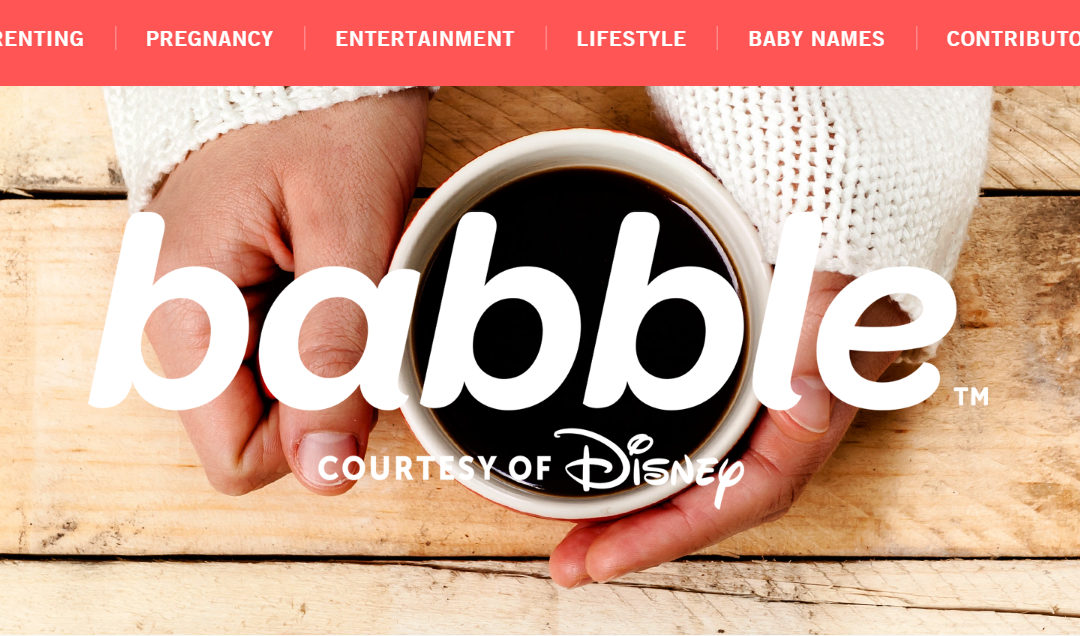Imagine pitching an investor a business that you are trying to sell. Instead of starting off with all the reasons the business will have “hockey stick” growth, imagine starting with a slide that list five reasons this business isn’t going to succeed.
Catches you off guard, doesn’t it?
But this is what Rufus Griscom and Alisa Volkman did when they pitched their company, Babble to a venture capitalist.
Why This Will Fail
Adam Grant, a Wharton professor and author of several exceptional books including Originals, How Non-Conformist Moved the World, tells this story in a recent article in the Penn Gazette. He describes how a counterintuitive approach helped Rufus and Alisa gain both the confidence of investors and some of their cash. ($3.3 million dollars).
A few years later, when the founders of Babble decided to pitch the business to Disney, they did the same thing. They started their presentation with a slide, Why You Shouldn’t Buy This Business. They listed several reasons why the site wasn’t working like short engagement periods and the popularity of celebrity stories which was way off brand.
Disney ended up spending $40MM to acquire the business.
Some of the lessons from this include:
- What happens when you disarm and surprise a buyer by giving them reasons not to buy? People get suspicious of unbridled optimism, so the tactic of giving them the problems first can get the audience in a problem-solving mode versus one that questions the presenter’s credibility.
- This approach of starting with the problems can make you look smart. Grant tells the story of how Griscom, in a previous publishing job found that when writing reviews, an all too glowing review often feels unrealistic. (nothing is that good). By adding balance to his reviews, he built greater credibility with audiences. In the case of Babble, Griscom saw that by outlining the problems, he was viewed by his board and future acquirer as smart, and not in sales mode. This approach furthered the audience’s belief in what he had to say.
- By leading with the problems, he was viewed as trustworthy. By outlining his problems up front, he earned points for being honest and good at recognizing the real issues he needs to solve. Since his audience was already coming to the meeting as skeptics, he knew that if he earned their trust, they might help him because they knew how to solve his business problems.
- He left his audience with a more favorable view of his idea. By outlining the top weaknesses, he got his audience past the concept of challenging his business and having a more favorable view of what was in front of them. Grant talks about the bias that we all experience. If the investors heard all the significant issues up front, they struggled to come up with additional ones that Griscom hadn’t already revealed. So, they started to believe that these problems weren’t too severe, and they couldn’t find any other significant concerns.
A Different Way to Sell
When my wife and I sold our company in 1989, I remember an advisor saying to us that we should get all of the problems we have on the table quickly. Don’t be afraid to share the truth because in the long-run, it will help you gain credibility. The acquiring company will probably have answers or resources to solve the problems you face. This was great advice and another example why selling starts with trust and confidence. No one wants to buy from people who act as if their product, solution or business doesn’t have problems.
Next time you have to present to a board or a skeptical audience, consider getting all the faults, weaknesses and problems out first.
It might help you disarm the audience and quickly gain their support. Instead of questioning your ideas, they might suddenly move to problem-solving with you and recognize that the challenges you face aren’t so bad – and what you are selling (or pitching) deserves a closer look.
_________________
Looking for counterintuitive thinking to help spark your marketing? Email me at jeffreylynnslater@gmail.com
Photo: Screen grab from Disney’s Babble website




